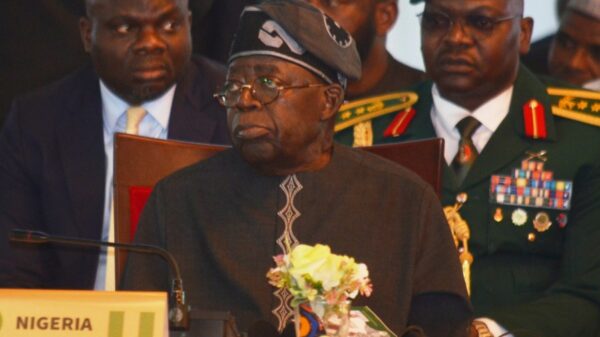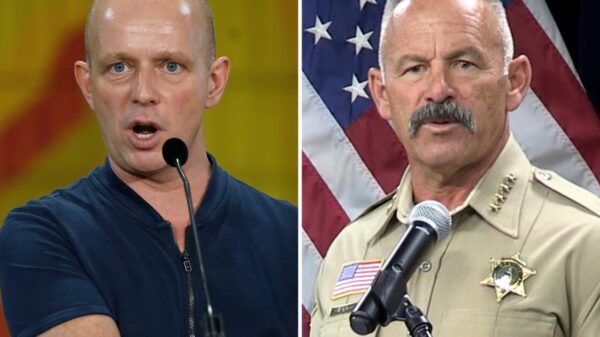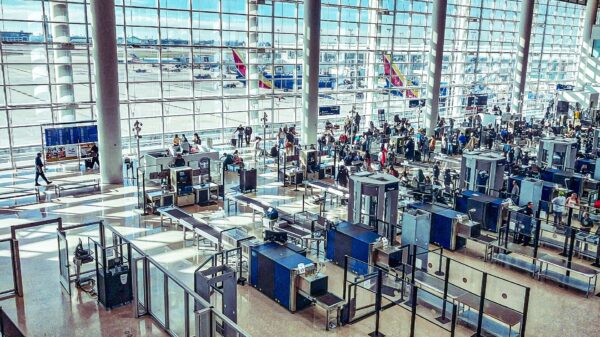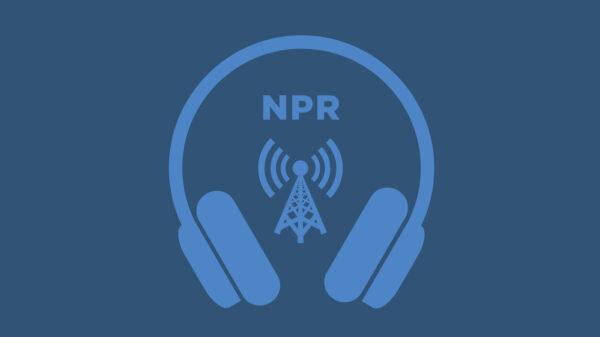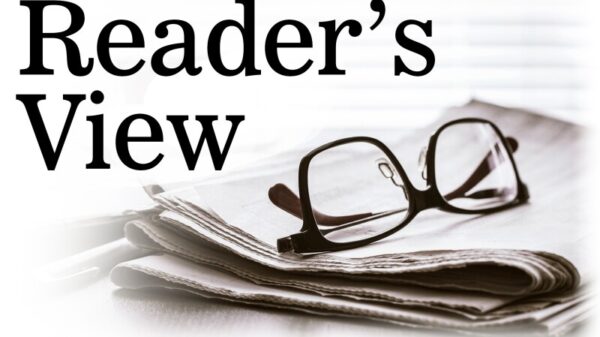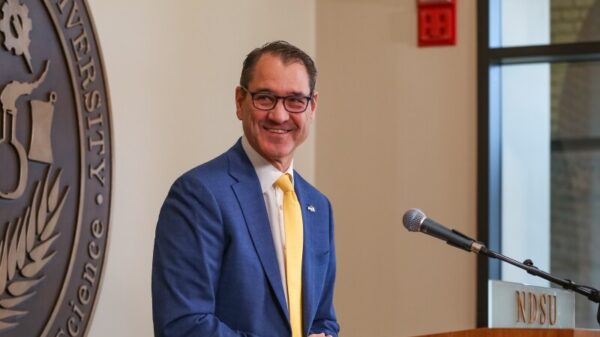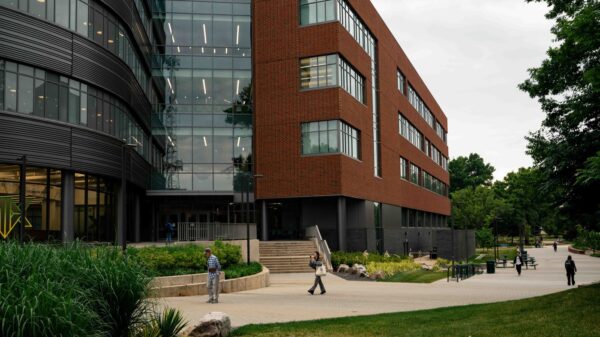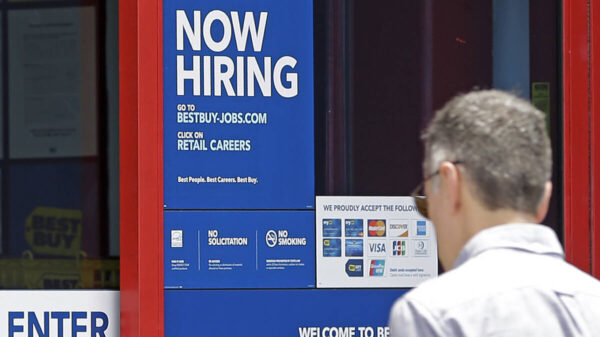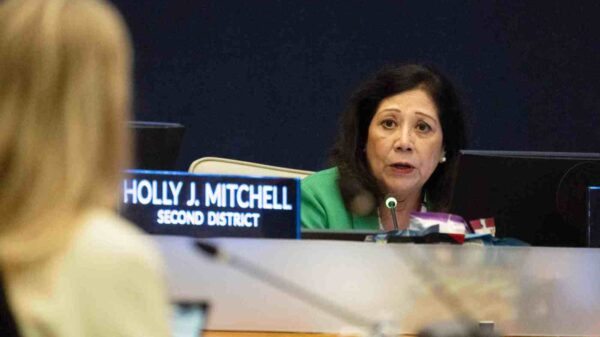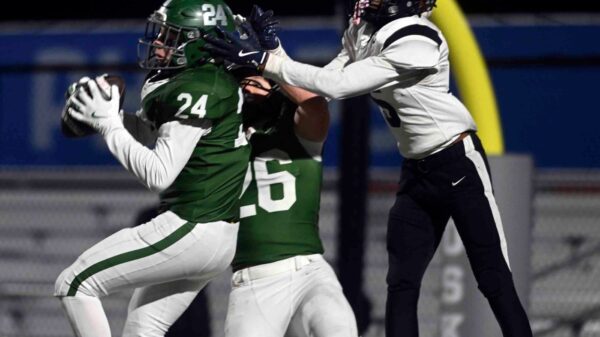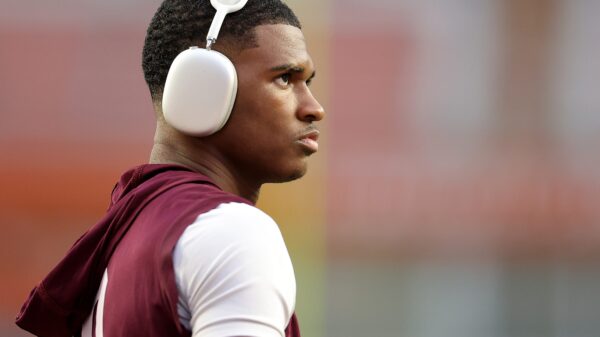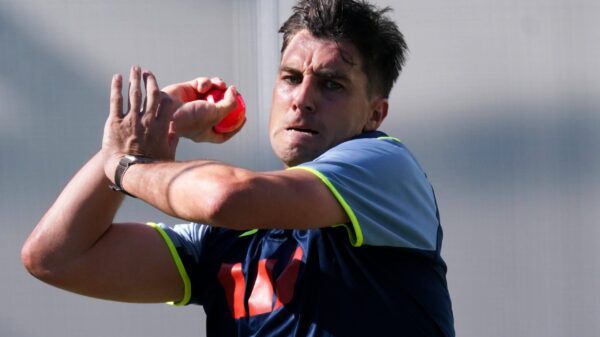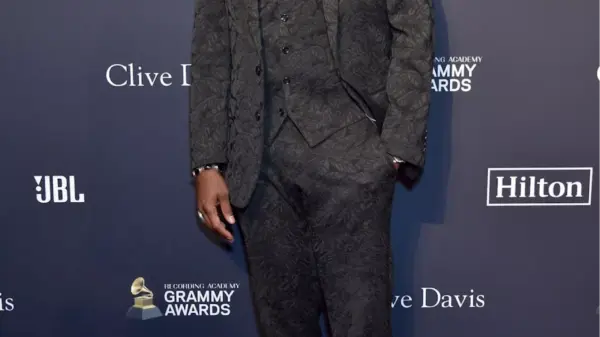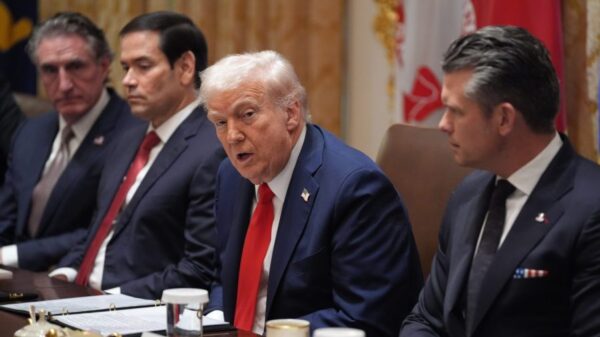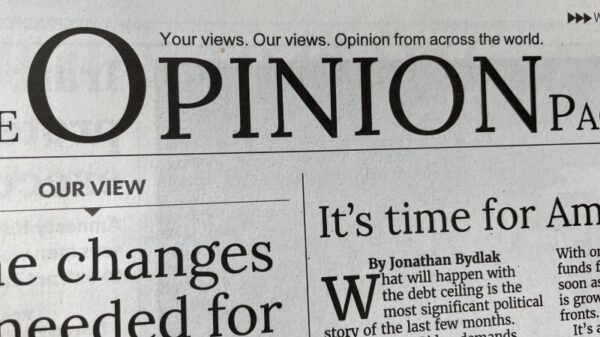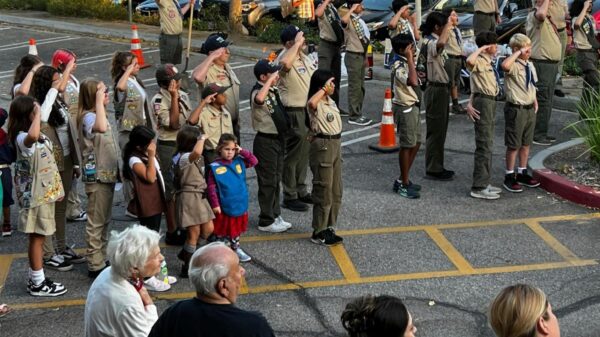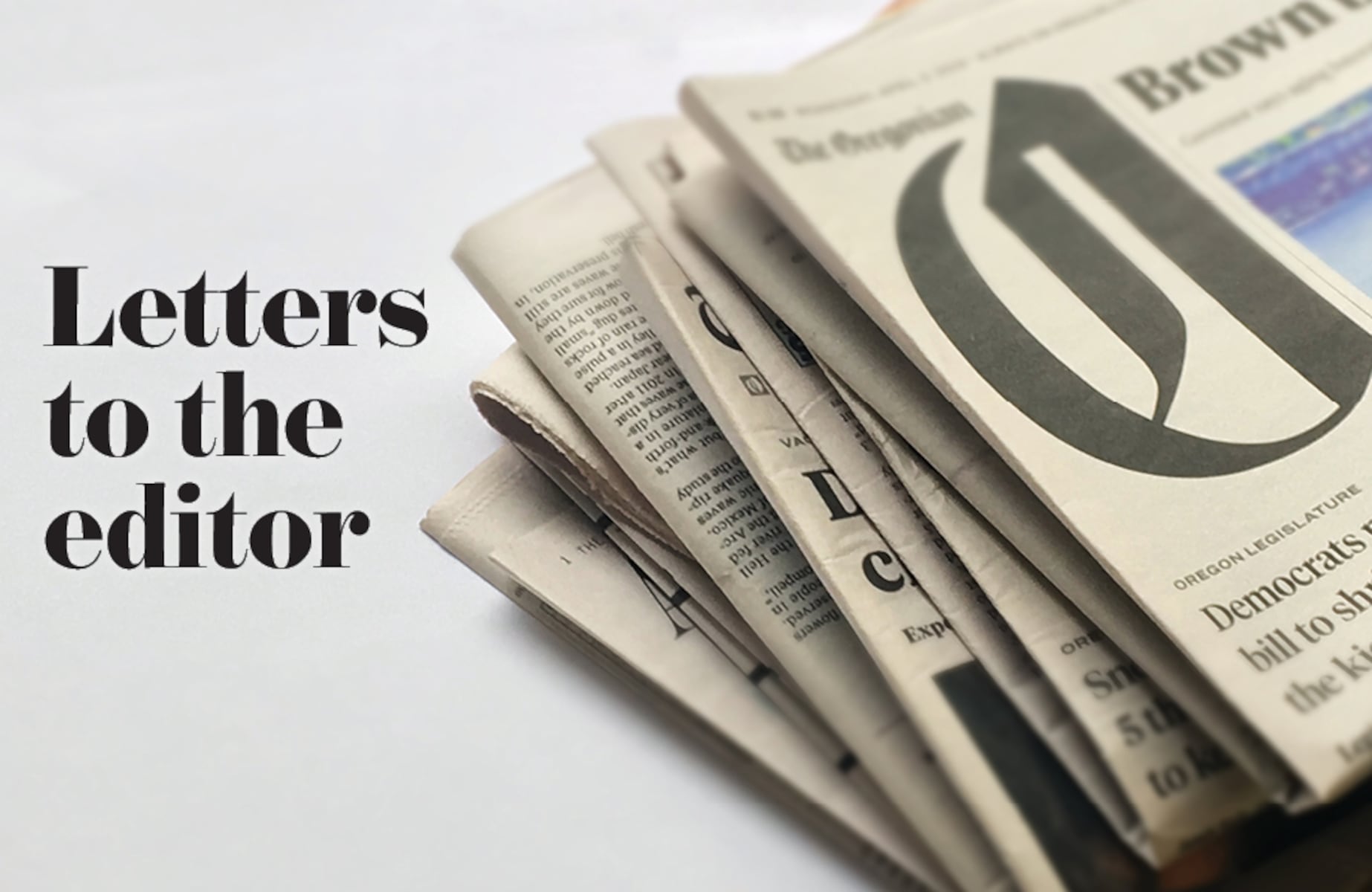URGENT UPDATE: A new perspective on college sports reveals a stark reality: the success of athletic programs across U.S. universities is now overwhelmingly determined by financial resources. As discussions heat up, it is evident that wealthier institutions consistently dominate the landscape of college athletics.
The latest observations indicate that schools with substantial funding and affluent alumni networks have a distinct advantage in recruiting top talent. Gary Wilson, a concerned observer from Gresham, emphasizes that the path to becoming a conference or national champion is increasingly dictated by monetary power. “Top athletes will go to a university that pays them the most money,” he states, underlining the inevitable influence of financial incentives in this competitive arena.
Since the introduction of NIL (Name, Image, and Likeness) deals, we are seeing a dramatic shift. Universities that can afford to pay substantial amounts to attract elite athletes are reaping the rewards, while those lacking financial power face significant challenges. This trend is fueling concerns about fairness and equity in collegiate sports, as disparities between institutions widen.
Every year, the champions crowned—be it conference, bowl, or national—are increasingly a reflection of financial might rather than athletic prowess. The implications of this shift are profound, raising questions about the integrity of college athletics and the opportunities available to student-athletes from less affluent universities.
Wilson calls for action, urging those responsible for shaping the rules of college sports to recognize the flaws in the current system. He advocates for changes that would ensure a more equitable playing field for all universities and their athletes, stating, “I hope that those who made the current rules will see their errors.”
As the conversation around this urgent issue continues to gain traction, many are left wondering: What measures will be taken to restore fairness in college athletics? With the stakes so high, the need for reform is pressing, and the future of collegiate sports hangs in the balance.
Stay tuned for more updates as this developing story unfolds. For further insights and reader opinions, visit OregonLive and explore more letters to the editor.


